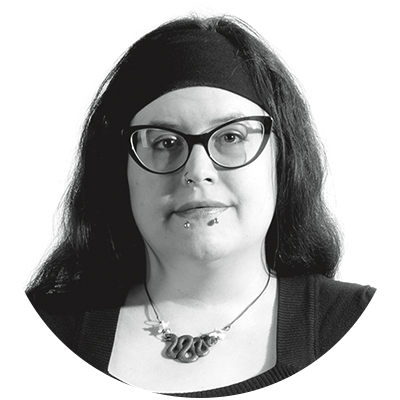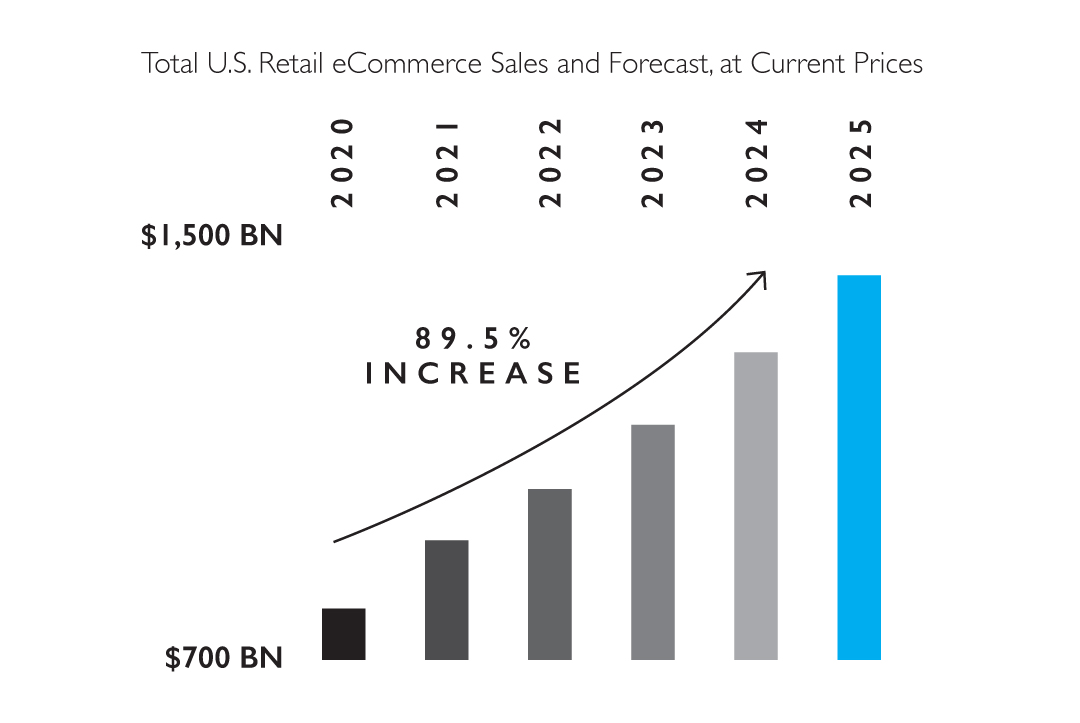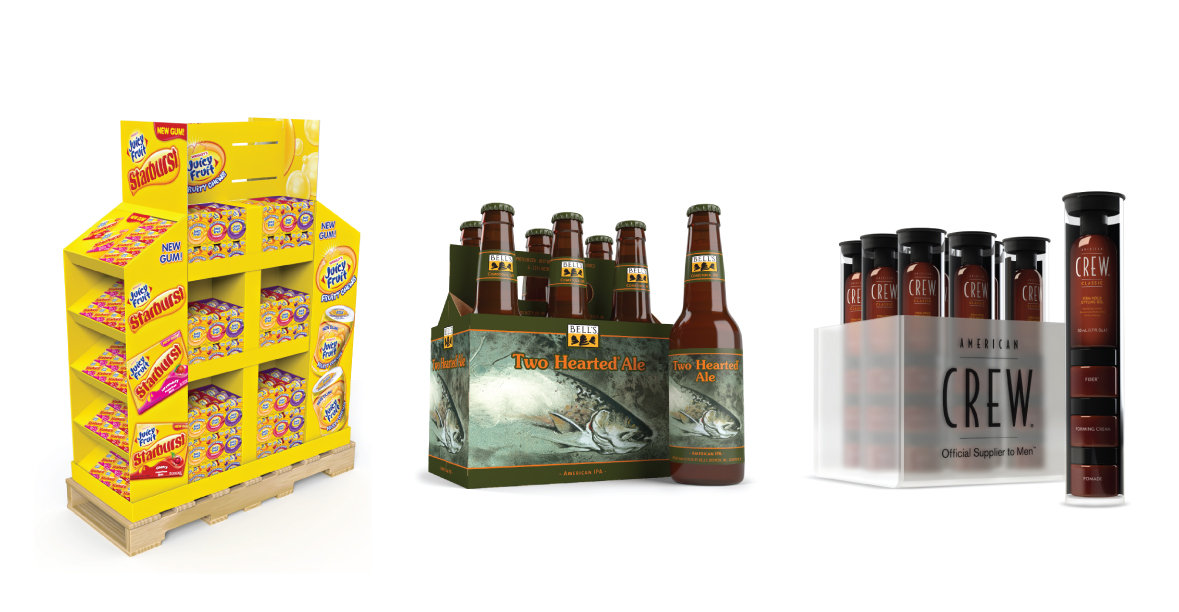Design Implementation
Going Digital

Eva
Design Implementation & Production Manager
March 11, 2021
When I began my career at Kaleidoscope in 2007 as a Production Artist and Proofreader, Design Implementation wasn’t a consolidated department. Instead, we had a production artwork team that specialized in cleaning up and finalizing files for
After discovering how much we loved working as a team, we decided to merge these two skill sets into a single department, allowing us to tackle a greater number of projects and challenges. Now, 13 years later, as the manager of our Implementation discipline, I’m proud to lead a group of talented artists who work on a wide purview of projects including adaptive design, illustration, digital imaging and renders, and more. While Implementation has always been accustomed to change, we’ve had to adapt with more agility to meet new market demands. Along the way, we’ve also grown both personally and professionally as we evolved our field.

A Bright Spot Across Categories
“eCommerce is benefiting substantially as consumers make a concerted effort to reduce time in stores while others have found convenience in shopping online more and will retain this behavior post-pandemic. As consumers return to stores, eCommerce growth will decelerate, but still comprise a higher share of total retail sales.”
Mintel, Changing Retail Landscape—US, September 2020
Before the pandemic, a typical project began with a kickoff meeting with the Account and Design teams. From there, our teams of artists would work closely with each other, often stopping by each other’s desks with questions and feedback. But once the pandemic struck, this collaborative environment was immediately decentralized into our own homes. We needed to determine what to do next and consequently adapted workflows to include Microsoft Teams and Zoom meetings to track project statuses and employee availability while also striving to stay connected to each other. We quickly realized that everyone was dealing with the same feelings of uncertainty about the future, and so we started to be more mindful of our communication. Unable to speak “face-to-face,” we found ourselves putting more thought into what we say and how we say it, and actively being more considerate of the physical and emotional health of ourselves and our clients.
Embracing empathetic communication is what allowed us to adapt so successfully. Even though we all worked from home, we felt secure in ourselves and our capabilities, which allowed our projects to proceed as usual as possible. We would still receive the Design Team’s files, electronically this time, and then roll them out as production files. When the situation called for more in-depth involvement regarding color and printability, we met with the printer virtually so we could share our files and discuss potential challenges. The Realization team, another Kaleidoscope discipline that’s on-site at the office, helped us run HP proofs and color targets. We could then meet safely and adhere to social distancing guidelines to review the files in the studio and ship them to our clients and printers as needed. Working from home turned out not to be the insurmountable hurdle I had feared. In fact, it also has some benefits. Now, we’ve adopted more flexible schedules with a few artists occasionally working over the weekends, and we no longer worry about late nights at the office and arranging transportation home.
“Embracing empathetic communication is what allowed us to adapt so successfully. Even though we all worked from home, we felt secure in ourselves and our capabilities, which allowed our projects to proceed as usual as possible.”
As we evolved our team dynamics, we also began to observe the pandemic’s larger and longer-term impacts on both clients and consumers. Product shortages and general economic uncertainty are valid concerns that make both speed-to-market and one-stop shopping essential. Clients and consumers alike need to be reassured their brands are adjusting to the new circumstances. As a result, we needed to challenge ourselves and determine how to adapt existing tools while also looking ahead and predicting future capabilities. For example, renders have become particularly useful this year. As meetings and consumer testing have moved online, a high-resolution render is a solid solution when physical samples can’t be shared. Moreover, renders have become incredibly useful for eCommerce. As more consumers are shopping online to avoid crowds, a standout image can make all the difference to drive brand trial on online shelves. For these touchpoints and more, we help create polished hero renders showcasing complex finishes, substrates and fills as well as simple face panel renders for quick and effective visual identification online.

We’ve also noticed an increase in demand for animated renders and have polished our team’s skills accordingly. When a virtual presentation really needs to “pop,” an unboxing animation or 360-degree spin definitely makes an impact! While we’ve created these animations for internal presentations so far, we predict animated renders will become a popular premium tool to catch a consumer’s eye on social media and eCommerce platforms. To prepare, our team has jumped on the chance to enhance our skills while pushing the industry towards more complex and realistic animations.
Looking back over the last year, I’ve observed that we’ve grown stronger as a team and as individuals. Every Implementation artist has enhanced their ability to solve problems independently and identified new ways to work and learn regardless of our physical location. We’ve set a new precedent to actively build new skill sets and have begun looking into additional training in animation methods and augmented reality for our artists. While the way we work has changed, our love for variety in our day-to-day projects has stayed the same. I’m confident we will continue to leverage both old and new skills to deliver many exciting projects in the years to come.
